Business owners must search for the most efficient processes to increase revenue and profits. Process efficiency is the amount of effort required to achieve a business outcome. With this in mind, business owners must look for processes that achieve results that use the least amount of work and money.
We will be looking at a few different ways to achieve efficient business processes that you can use for your business.
Reduce Waste
The first way to make business processes more efficient is by reducing waste. Focus on your outputs! Reducing waste means focusing on what comes out of a process when you achieve a goal. A great process will have next-to-no unnecessary outputs.
You can reduce waste in your processes by analyzing those processes to find out where your bottlenecks are. The hard part is to make adjustments to relieve those bottlenecks. Regardless, you can make those adjustments by working with your team to decide what adjustments must be made, document your new processes, train your team, and encourage your team to embrace the new procedures.
Eliminate Redundancy
The second way to make business processes more efficient is by eliminating redundancy. Redundancy is the inclusion of extra components that are not necessary to function. You do not want unnecessary elements in your business because they cost time and money. For example, storing documents in more than one place may be a waste of time.
Here are some questions you can ask yourself or your team to discover and eliminate your redundancies:
- Are there unnecessary steps in our process?
- Are there unnecessary forms of communication?
- Is there work in the process that is not useful?
- Are some tasks overdue due to a lack of communication or delegation?
- Is work or positions no longer needed due to changes within the process?
Proactively communicate with your team to eliminate redundancies and increase efficient processes. Hold weekly team meetings to discuss each team member’s workload and goals. In addition, have each team member discuss their work and how that project relates to the business goals and objectives.
Add Automation
Lastly, consider how automation can help streamline your processes. Business automation uses technology applications that perform repetitive tasks to free up employees’ time for higher-value work.
Listed below are examples of different levels of business automation:
- Basic: Takes simple, rudimentary tasks and automates them
- Process: Manages business processes for uniformity and transparency
- Advanced: Brings together humans and machines to integrate multiple systems across the organization
- Intelligent: Machines “learn” and make decisions based on situations they have encountered and analyzed.
Again, it is essential to analyze your processes to pinpoint inefficiencies in your business operations. The goal of analyzing your processes is to help determine where automation can provide the most significant impact. For example, if you need to save client contact information in two different places, consider what automation can be put in place to save data automatically in the second location from the first location.
The biggest takeaway from these tips is to analyze your business processes, find the holes and inefficiencies, and make adjustments to streamline and automate where you can. Start documenting your processes! It is never too late to start thinking about making your operations more efficient to save time and money. When a process takes more time, it costs you (the business owner) more money.




